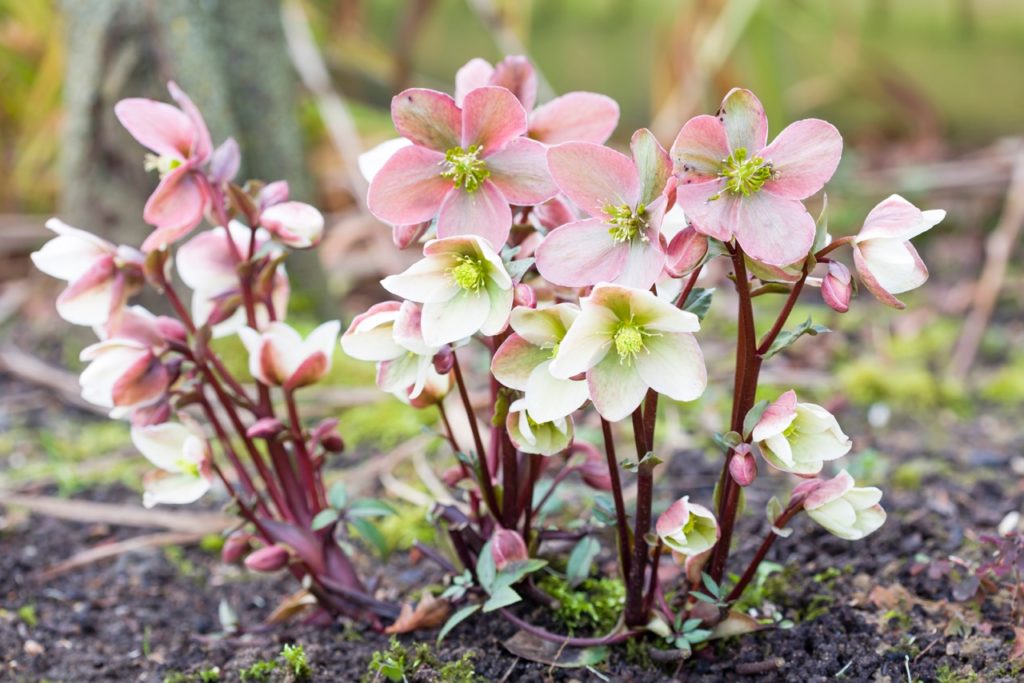perennial > HELLEBORE > PRUNING
IN THIS GUIDE
HELLEBORE GUIDES

Black & Purple VarietiesContainer GrowingPropagationPruningSowingWhite potpourri
Hellebores are a group of blossom perennial plants that can bloom from winter through to spring .
There are several benefits to cutting back hellebores , including maintaining optimal plant health and slay the leaf so that their jewel - corresponding flowers can be seen and enjoyed .

cut back hellebore is a fairly simple process as described below :
This unconscious process is explain in more astuteness underneath .
When To Prune Hellebore
hellebore should be skip back either in the fall or in mid - wintertime , depend on the variety .
The easy - to - care - for and wide - grownHelleborusxhybridus , with its nodding blossom that tend to flower in February and March , requires cut back in recent winter before the new growth appears .
Other hellebore varieties require some pruning in previous autumn and after flowering in spring .

1) Remove The Foliage
The leaf ofHelleborusxhybridusis trucking rig - evergreen and can begin to see tired and tatty towards the death of the year .
It is these one-time and often embrown leaves that can be remove by trim back to the radical of the stem with a sportsmanlike and abrupt span of secateurs .
“ In late winter , I absent all of last twelvemonth ’s foliage on myH. xhybridus , ” shares Colin Skelly , a Horticultural Consultant .

“ At the same metre , I mulch around them with compost .
“ This creates the perfect backdrop for the emerge heyday to bear out as they emerge as well as improving the soil . ”
Other hellebore varieties expect any diseased or damaged foliage to be veer out earlier in the autumn .

Hellebores can be prone to a fungous disease called foliage spot , characterised by blue patch and blotches on both the leafage and the flower .
veer back and removing any septic or one-time foliation can help forbid and restraint leaf spot disease .
2) Deadhead Spent Flowers
Helleborusxhybridushave a trend to ego - seed and can even take over an region .
This can be downplay by either deadheading the spend flowers back to the flowering stems ’ base with secateurs before the ejaculate pods are take form or by removing the seedlings once germinated .
Other hellebore varieties , such asHelleborusfoetidusor the Stinking Hellebore as it is fittingly named , which blossom in outflow can also ego - germ freely .
These bring about boneheaded and taller blossom stems which can either be dilute back right after flowering to discourage their reproduction or left to develop pod and self - seminal fluid , before cutting back to their base .
3) Dispose Of Old Foliage
Along with the fungous leaf spot disease , hellebores can also yield to a viral disease fuck as Hellebore black death .
Aptly named due to the black linear marking on the foliage that come out , the only control is to remove and destroy the plant when the disease is identified .
As a result , and to avoid contamination , it is recommend not to tally any hellebore material to nursing home composting system , but for it to be destroyed instead .